
Where We Be
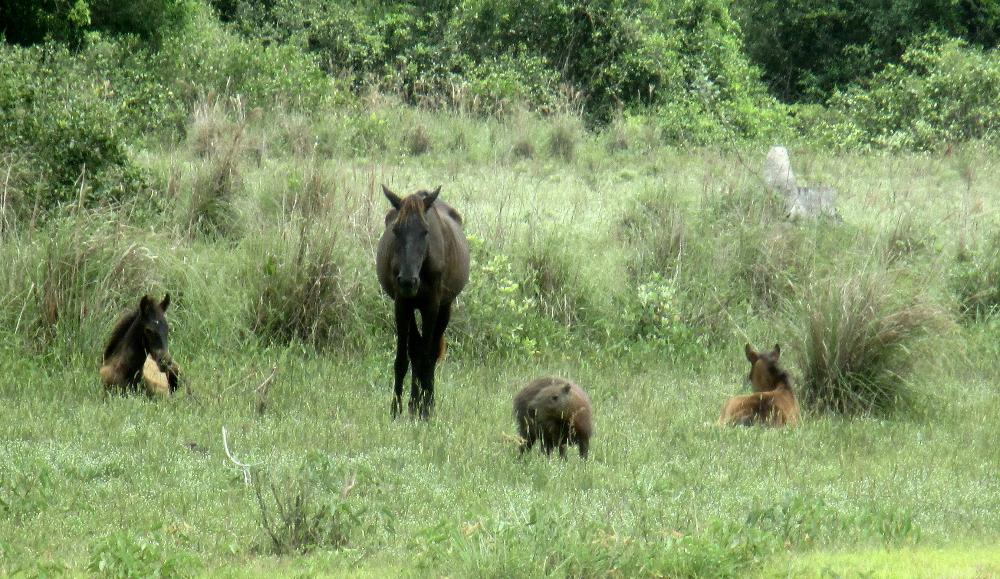
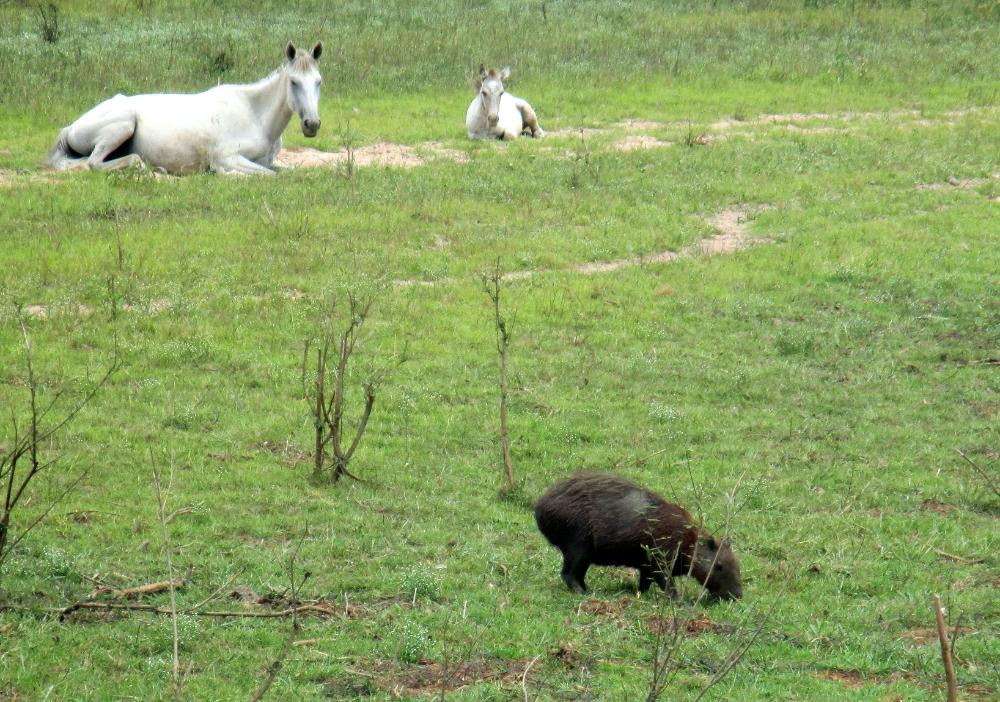
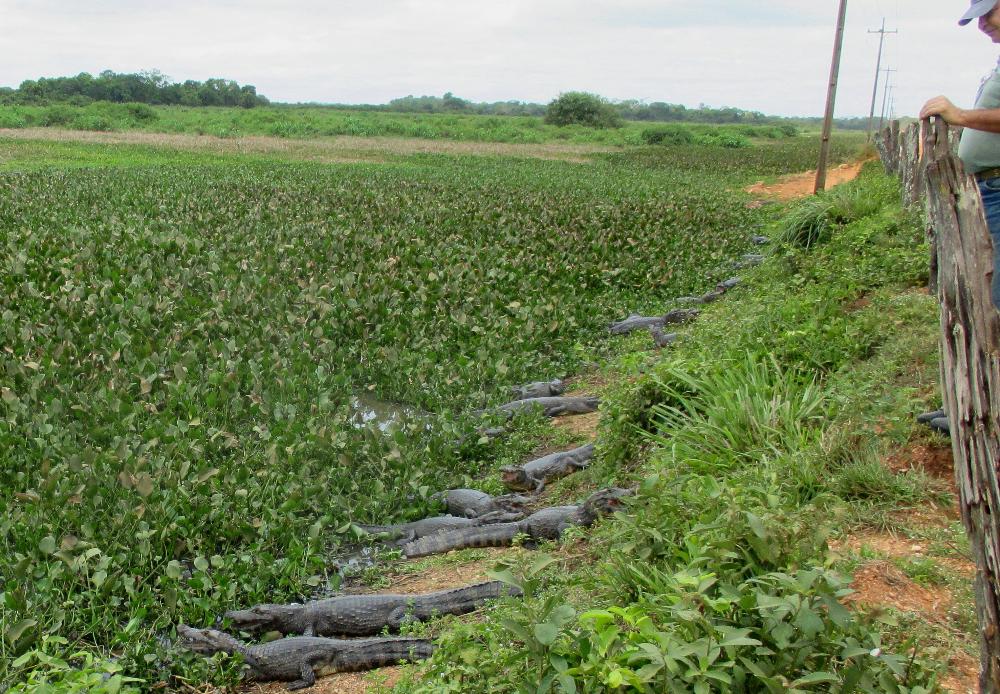
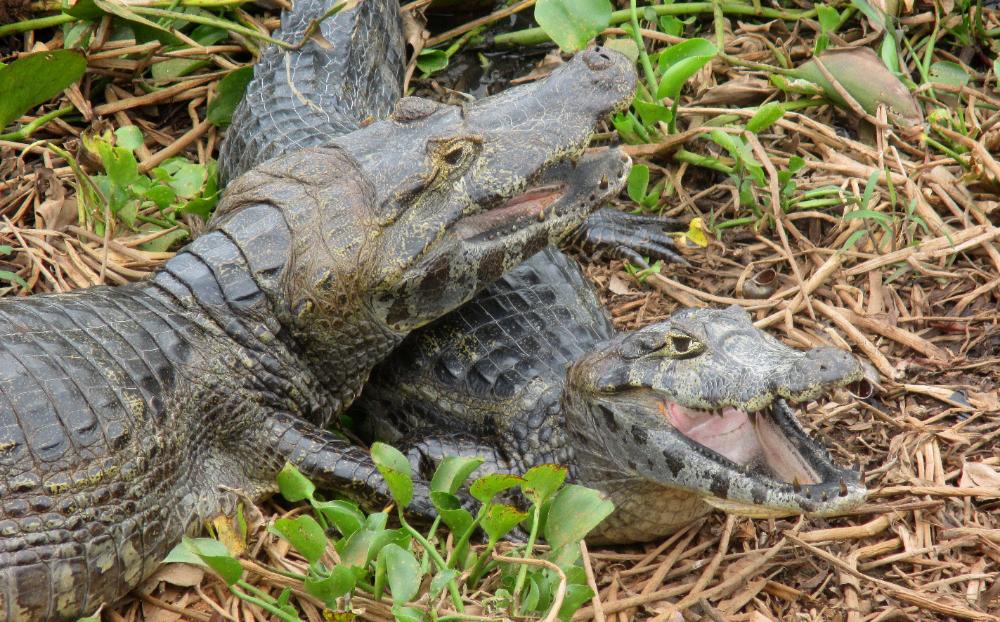
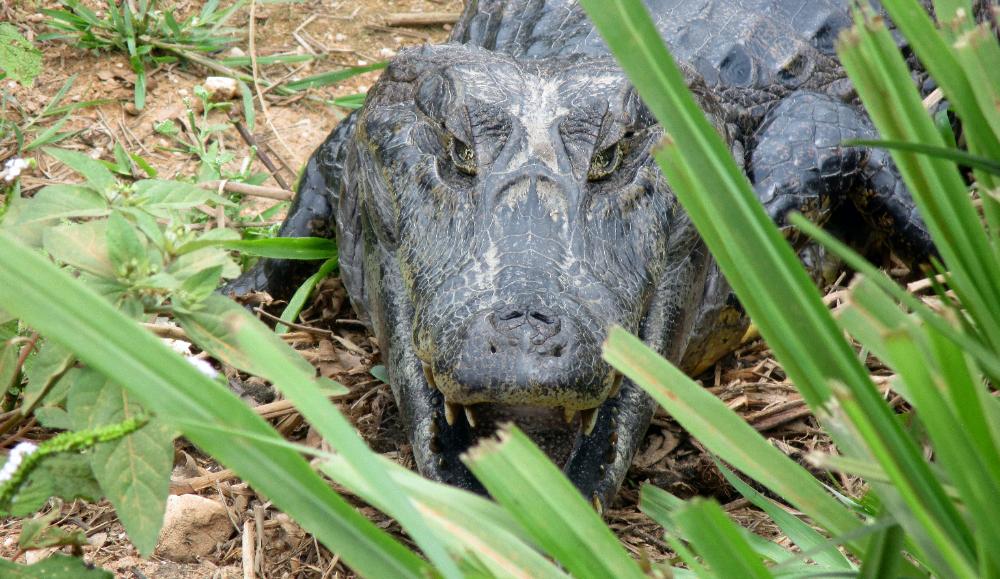
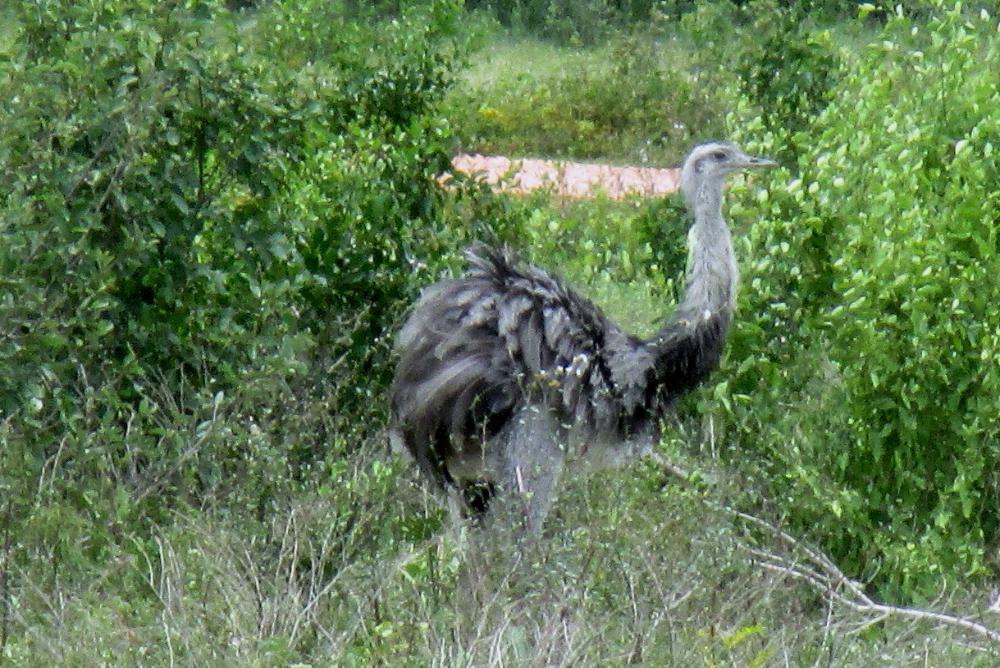
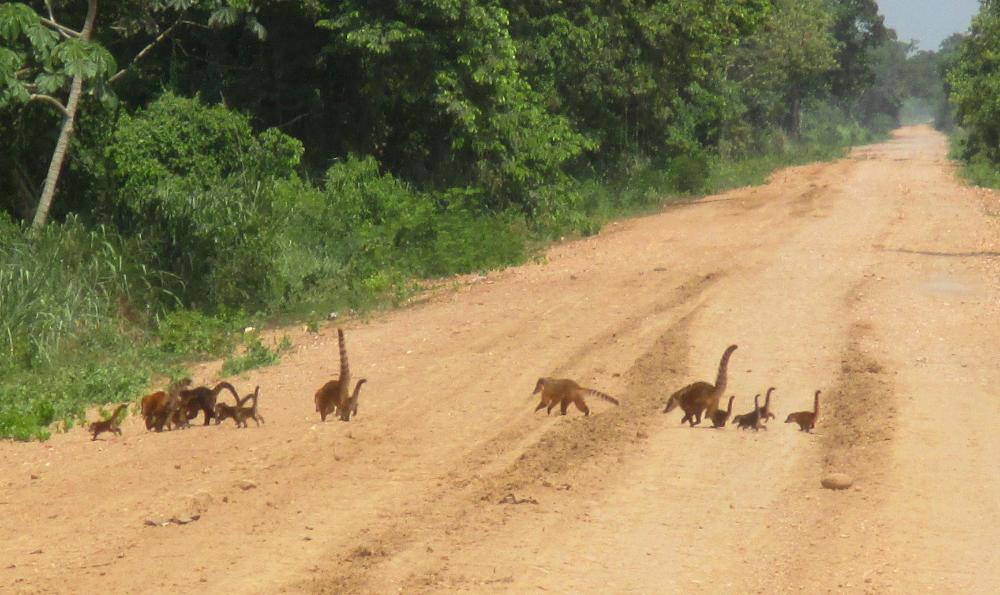
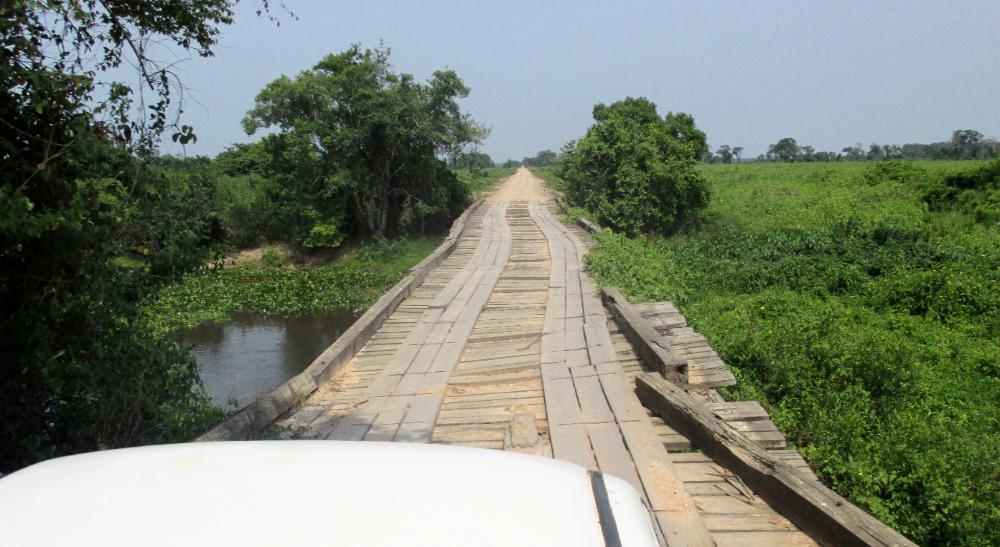
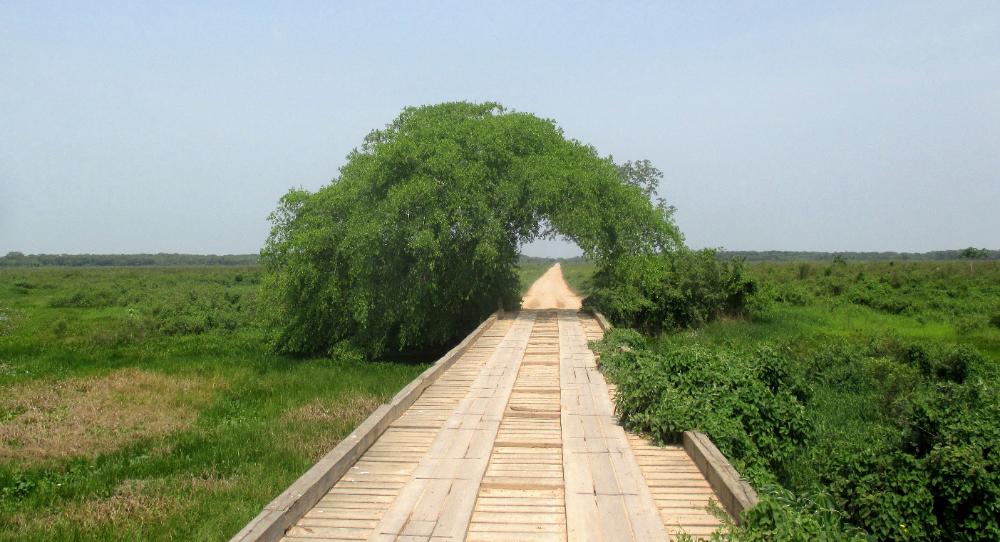
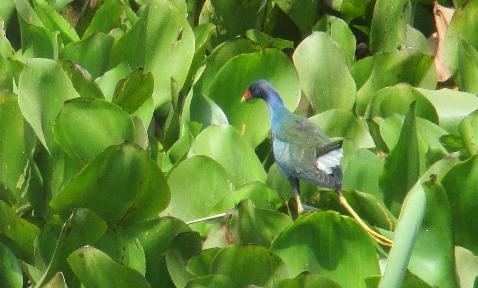
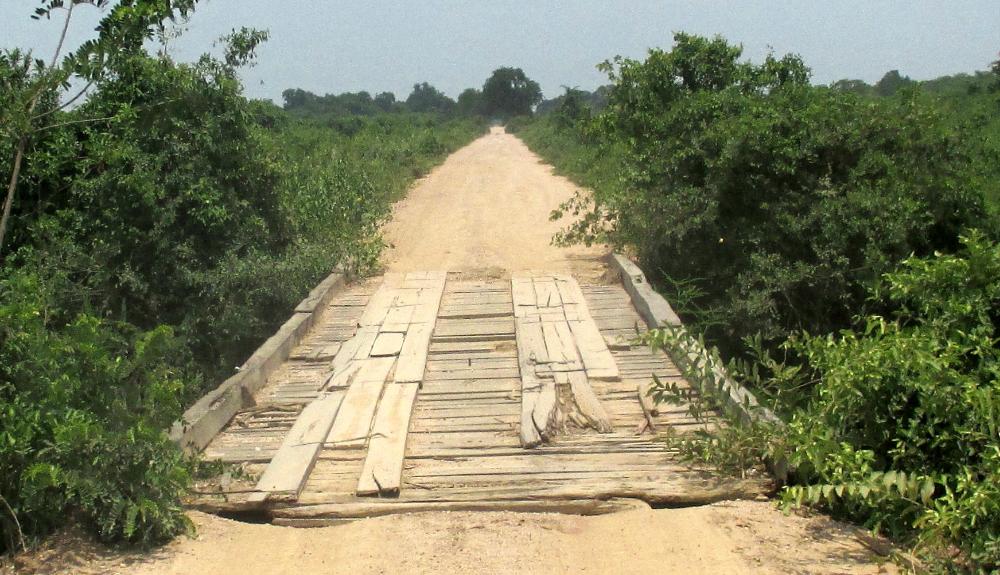
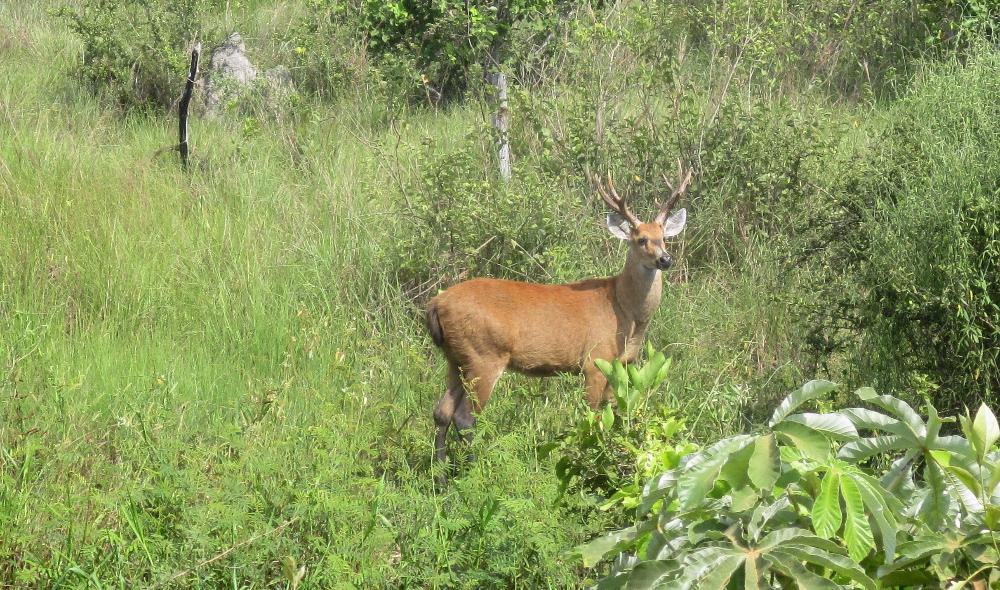
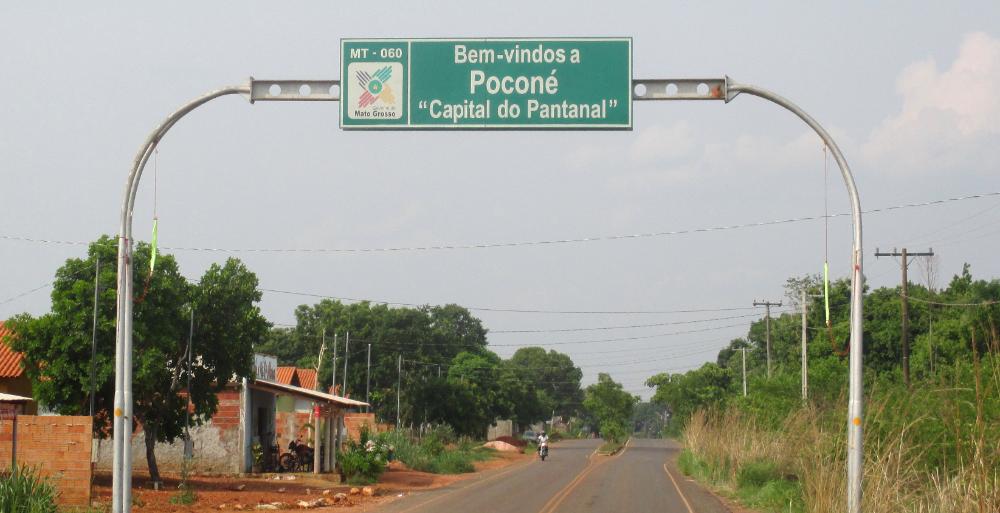
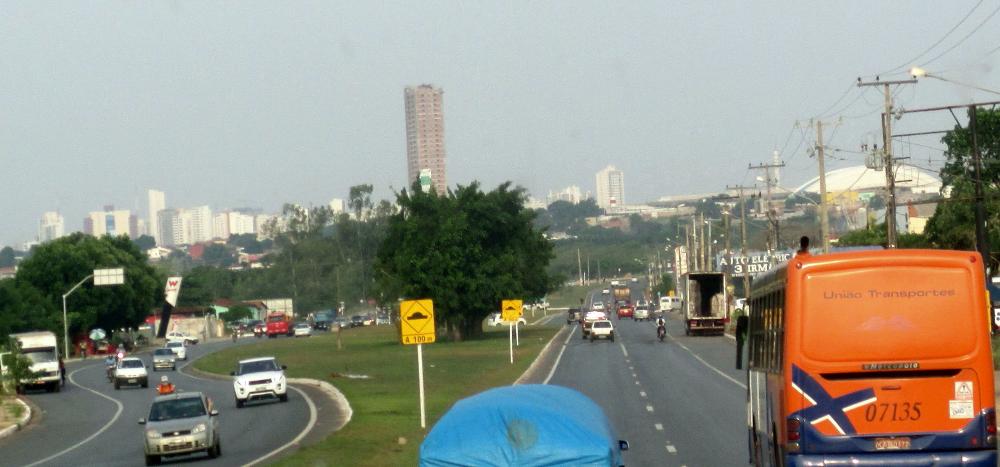
| When you see this sign, you'll know your Pantanal adventure is about to begin |
| Pantanal, Brazil -- Transpantaneira Road |
What is the Pantanal, you ask? It's the world's
largest wetlands, a gigantic seasonal floodplain
covering 150,000 square kilometers across
Brazil, Bolivia, and Paraguay. It's also a wildlife
paradise -- one of the few places in the world
where you can spot a jaguar in the wild. It's full
of rare animals you'd usually only see in zoos
like capybara (the world's largest rodent), tapir
(think pig with long snout), caiman (think croc),
anteater, and giant river otter. The species
count is a whopping 190 for mammals, 50 for
reptiles, 658 for birds, and 1,132 for butterflies.
The Amazon gets all the glory, but for wildlife
sightings come to the Pantanal, where the open
terrain makes animal spotting relatively easy.
Look on a map and you'll see the Pantanal has
virtually no roads. Because it's like a giant soup
plate that overflows in the rainy season and
gradually empties in the dry season, it's a hard
place for roads to exist -- and that's good for
the wildlife. The Transpantaneira is one of the
few roads that grants access to the Pantanal,
and its name is a bit deceptive because it
doesn't actually cross the Pantanal but rather
lets you peer into the (utterly roadless) inner
sanctum. Let's start driving and have a look at
the wildlife you can see right from the road.
largest wetlands, a gigantic seasonal floodplain
covering 150,000 square kilometers across
Brazil, Bolivia, and Paraguay. It's also a wildlife
paradise -- one of the few places in the world
where you can spot a jaguar in the wild. It's full
of rare animals you'd usually only see in zoos
like capybara (the world's largest rodent), tapir
(think pig with long snout), caiman (think croc),
anteater, and giant river otter. The species
count is a whopping 190 for mammals, 50 for
reptiles, 658 for birds, and 1,132 for butterflies.
The Amazon gets all the glory, but for wildlife
sightings come to the Pantanal, where the open
terrain makes animal spotting relatively easy.
Look on a map and you'll see the Pantanal has
virtually no roads. Because it's like a giant soup
plate that overflows in the rainy season and
gradually empties in the dry season, it's a hard
place for roads to exist -- and that's good for
the wildlife. The Transpantaneira is one of the
few roads that grants access to the Pantanal,
and its name is a bit deceptive because it
doesn't actually cross the Pantanal but rather
lets you peer into the (utterly roadless) inner
sanctum. Let's start driving and have a look at
the wildlife you can see right from the road.
| Which one doesn't belong? This was our first sighting of a capybara, the world's largest rodent. |
| Capybara are a common sight along the Transpantaneira. They're not particularly shy so you can get quite close. |
| Our guide, Luis with Ecoverde Tours, gives us our first look at caiman. So many right by the roadside! |
| Some 10 million caiman exist in the Brazilian Pantanal -- possibly the largest single crocodilian population on Earth |
| Wading birds have to be careful of camouflaged caiman like this one if they don't want to become lunch |
| Just a little closer, I dare you... |
| This is the only greater rhea we saw along the road, although they're said to be fairly common. It's the largest bird in South America. |
| A large family of coatis crosses the road, including quite a few adorable babies |
| Because of the iffy bridges -- and the treacherous road itself during heavy rains -- this is a good place to have a guide |
| The 122 wooden bridges on the Transpantaneira are in various states of disrepair. This one looks particularly worrisome! |
| This is the Transpantaneira: a graded dirt road stretching virtually arrow-straight for 145 km (90 mi) from Pocone to Porto Jofre |
| We saw several marsh deer during our journey |
| A two-hour drive over paved roads gets you from Cuiaba to Pocone, the last outpost before the Transpantaneira begins |
| Your likely starting point is anything but wild and remote feeling: it's the city of Cuiaba, capital of the Brazilian state of Mato Grosso |
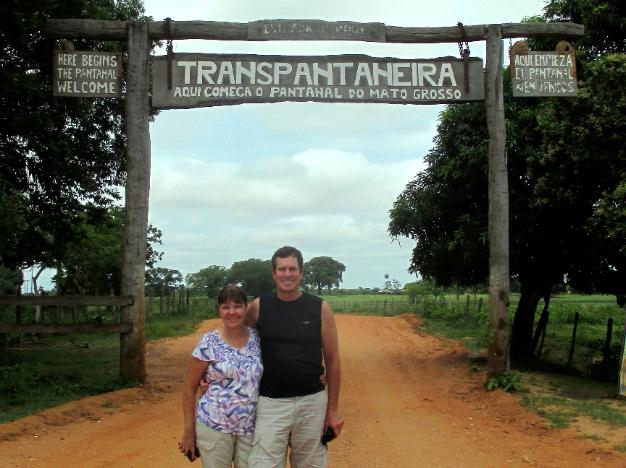
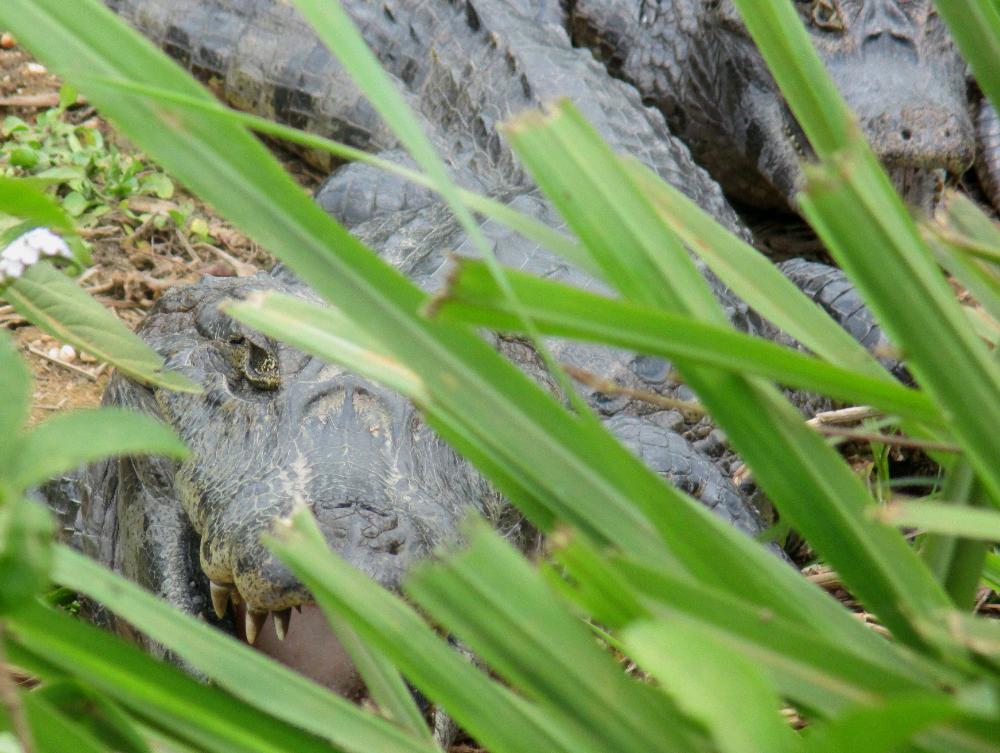
| Yikes! |
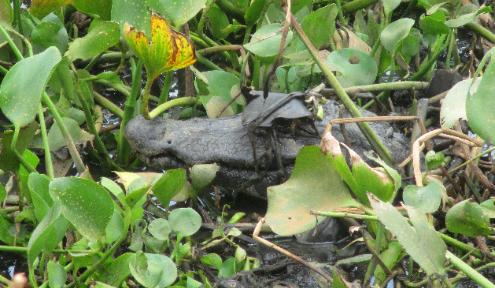
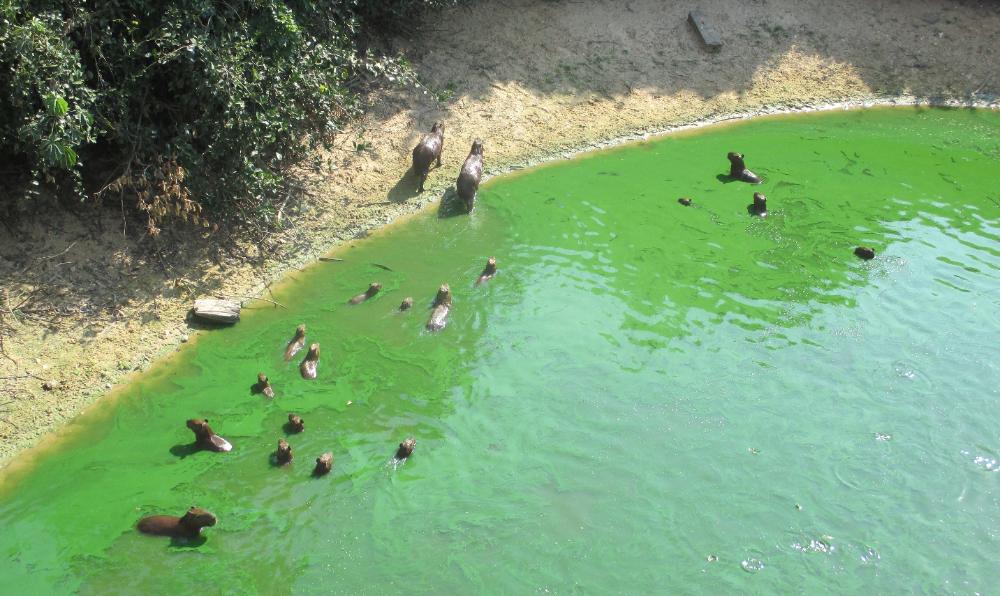
| Here's a whole herd of capybara swimming in what looks like a toxic green pool. Apparently the green is due to algae. |
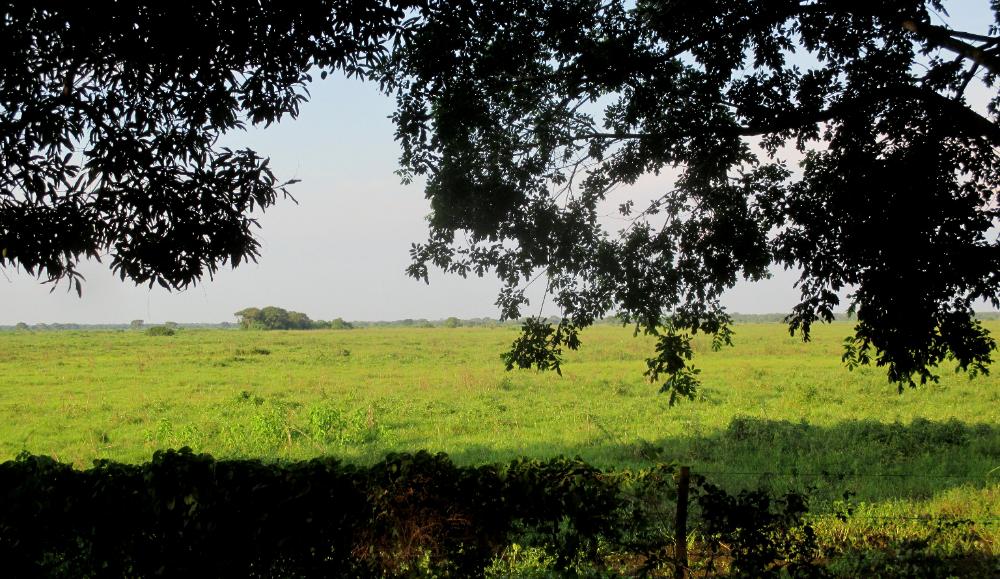
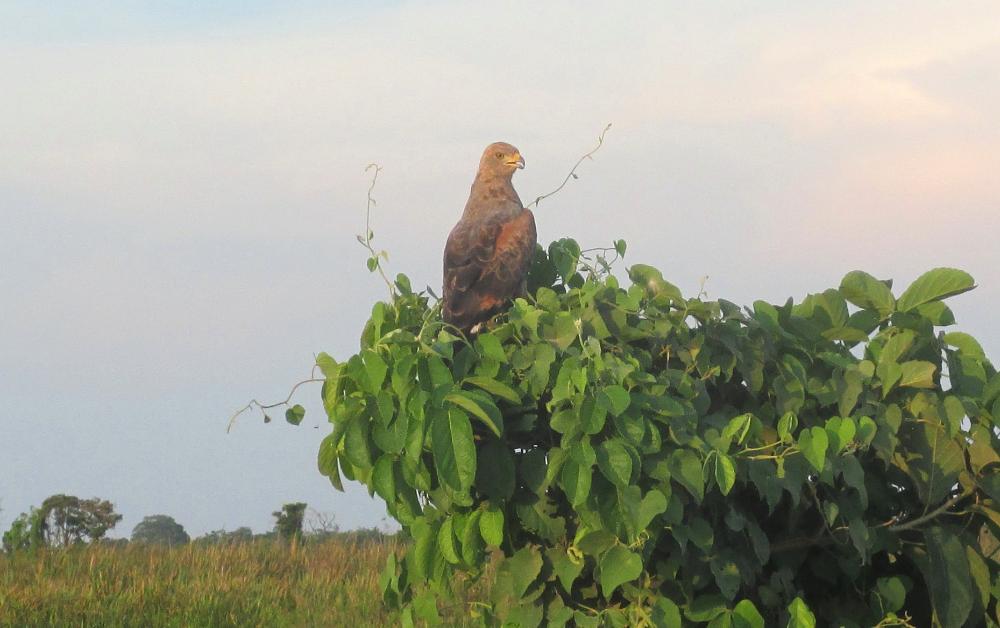
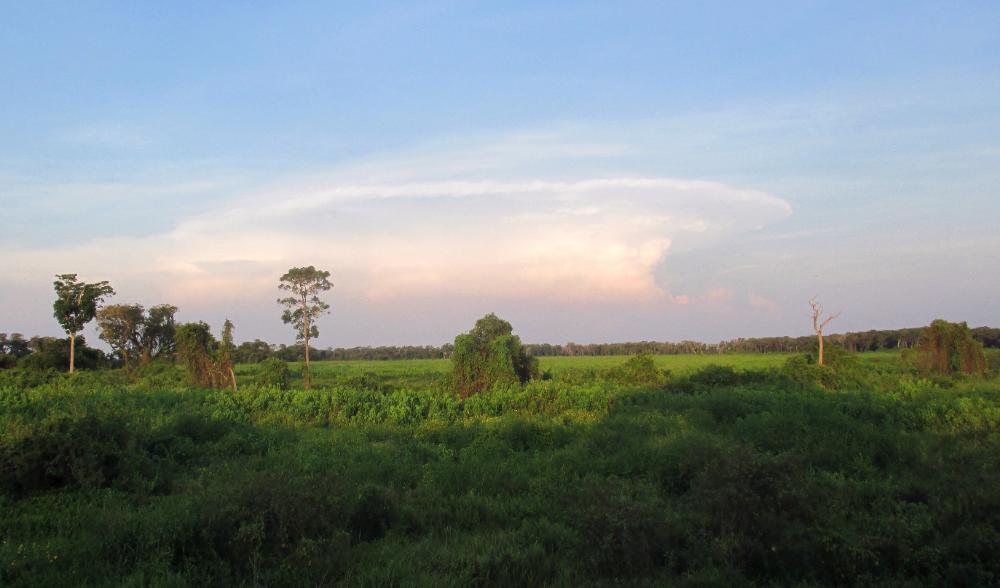
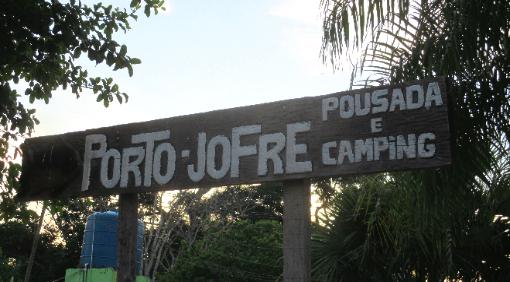
| And more birds than you could shake a stick at, including raptors like this savannah hawk |
| Late afternoon thunderclouds develop over the Pantanal |
| What we didn't see, despite some hard looking, was an anteater -- our one and only wildlife disappointment of the Pantanal trip |
| Pousadas (lodges) punctuate the Transpantaneira, offering food, rest, and the chance to explore along the way |
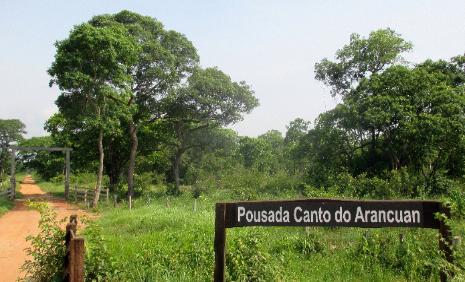
| The Transpantaneira ends at Porto Jofre, but this is really just the starting point for adventures by boat that take you deeper into the Pantanal |